Wired, in collaboration with Pitch Interactive, has a look at complaints called in over the 311 line in New York. The above is a sample from a week in September, and complaints are plotted by time of day, via the streamgraph approach. As you might expect, there’s a greater proportion of noise complaints at night and early morning, along with lots of road-related complaints during the day.
Read More
-
-
Inspired by Shan Carter’s simple data converter, appropriately named Mr. Data Converter, Matthew Ericson just put Mr. People online. The tool lets you paste a list of names, and it will parse the first and last name, suffix, title, and other parts for you. You can even have multiple names in a single row.
Years ago, while trying to clean up the names of donors in campaign finance data from the Federal Election Commission, I hacked together a Perl module — loosely based on the Lingua-EN-NameParse module — to standardize names. One port to Ruby later, I’ve finally put together a Web front end for it.
Getting data in the right format, whether for analysis or visualization, can be a huge pain. Imagine. All the data you need is right in front of you, but you can’t do anything with it yet, because as often is the case, it’s not in a nice and pretty rectangular format. So anything that makes this easier and quicker is an instant bookmark for me.
[Mr. People via @mericson]
-
Here are the most popular posts of October, according to combination of views and comments. Thanks again for sharing, linking, and liking. Every little bit helps FlowingData reach a wider audience.
- Privacy and the Internet
- True size of Africa
- Animated graphic on why you should shut off your work computer
- Mad Men office floor plan
- Evolution of Batman logos
- Mobile patent lawsuits
- Eating guide for dim sum virgins
- Visualize This: Sexual health data from national survey
- Where refugees come from
- Famous logos and brands simplified
-
There was a problem on Expedia where a lot of people were choosing their itinerary, entering their information and then dropping off after they clicked on the Buy Now button. It’s like getting to the cash register at a store, and the cashier says they can’t take your money.
So analysts took a look and found that the field to enter your company was confusing people, leading to the input of an incorrect address. “After we realised that we just went onto the site and deleted that field — overnight there was a step function [change], resulting in $12m of profit a year, simply by deleting a field.”
Not bad for a little bit of data digging. I hope the analysts got a bonus.
That said, not every decision has to be driven by data. Balance is good.
-
People approach data in different ways, especially across different fields. When you’re presented with a dataset that you have to convert to a graphic, what’s the first thing that you do?
-
For his book The Visual Miscellaneum, David McCandless, along with Lee Byron, had a look at breakups on Facebook, according to status updates. They looked for the phrase “we broke up because” in status updates, and then graphed the frequencies over time. Why they couldn’t just look at updates to relationship status, I’m not sure.
Notice the peak leading up to the holiday season and spring cleaning. Then there’s the people who think it’s a funny April Fool’s joke to say the broke up with their significant other.
Finally, there’s the highlight of Mondays, which you might lead you to believe that people like to call it quits during the beginning of the week. My hunch though is that it happens towards the end of the week, people use the weekend to be sad, and then talk about it on Facebook.
[Information is Beautiful | Thanks, Elise]
-
Katy Börner, professor of information science, catalogs visualization and science in Atlas of Science: Visualizing What We Know.
Cartographic maps have guided our explorations for centuries, allowing us to navigate the world. Science maps have the potential to guide our search for knowledge in the same way, helping us navigate, understand, and communicate the dynamic and changing structure of science and technology. Allowing us to visualize scientific results, science maps help us make sense of the avalanche of data generated by scientific research today.
At first glance, without reading anything, it looked a lot like a general scientific visualization book. Sort of like the opposite of Data Flow. Where the visuals lack in aesthetics, they make up for with richness in data and detailed explanations of what you’re looking at. There are a lot of network diagrams, some geographic maps, and a handful of traditional statistical graphics.
Read More -
My many thanks to the FlowingData sponsors. They help me keep the servers running and the posts coming. Check ’em out. They help you understand your data.
InstantAtlas – Enables information analysts and researchers to create highly-interactive online reporting solutions that combine statistics and map data to improve data visualization, enhance communication, and engage people in more informed decision making.
Tableau Software — Combines data exploration and visual analytics in an easy-to-use data analysis tool you can quickly master. It makes data analysis easy and fun. Customers are working 5 to 20 times faster using Tableau.
Bime — Start small, connect all your data and answer deep business questions in minutes. Then enlight your partners and everyone in your organisation. Bime is a perfect balance of power and simplicity to help your organisation make better decisions.
Want to sponsor FlowingData? I’d love to hear from you. Contact me at [email protected] for more details.
-
All eyes here in the states will be on election results tonight, and all the major graphics desks have been hard at work to provide you up-to-date results as the numbers start to roll in. While you’ll be able to see results just about anywhere you look, here are some of the online spots to keep an eye on. They’ve all got the red, blue, and yellow map, but each provides different functionality.
Read More -
John Palmer has a look at the past 100 years of government and economic indicators:
This historical perspective visualizes economic trends and spending patterns, during good times and bad. Present-day assumptions regarding core party values have had major shifts over time, and the ridiculous extremes in voter alignment, lobbying, and legislative action are due for revision. As a basis for future shift, this data can educate a presumptive public, empowering citizens to make an informed decision on each and every election day.
I’m not so sure this would help you make a better informed decision as you vote, since the relationship between political party and economy is more complex than true and false. It’s a good historical reference though.
What do you think of the graph overlays on top for GDP, debt, collections and CPI, with different vertical scales?
[Thanks, John]
-
Every year the Pew Research Center asks Americans what their top political priority is for the year. It should come as no surprise that the economy, jobs, and terrorism top the list.
Read More -
Jon Bruner for Forbes reports on billionaire contributions to politicians over the past four years:
The billionaires on the Forbes 400 list have given more than $30 million to politicians and political action committees since 2006, along with millions more in soft money to politically active groups. Although Forbes 400 members give about 15% more money to Republicans than Democrats, they fund groups across the political spectrum.
On the top are the billionaires, sized by the amount of donations, and on the bottom are the politicians, sized by amount of contributions received. Click on either or use the drop down menus to see the connections.
It lacks some polish, and I’m not totally sure what measurements are used for vertical and horizontal placement, but worth clicking around.
[Thanks, @JonBruner]
-
In what seems to have become an expectation during all major events, a Twitter tracker from the New York Times shows you what candidates are getting the most and least buzz. Each circle represents tweets from a candidate, retweets, and tweets direct at, colored appropriately by party. Press play and they grow and shrink over time. Select a specific candidate(s) to see the specific breakdowns.
-
One pound for them. Nine pounds for you. Happy Halloween. Watch out for…
-
Stat people will probably find this amusing. For the rest, this might make your head explode. Gurdeep Stephens and Michael Greenacre perform classic songs but use statistical concepts for lyrics. Here’s Summertime, originally by George Gershwin, turned into a song about statistical modeling (video below).
It’s summertime,
Statistical modelling is easy,
Data are fitting,
Explained variance is high.
Your data are rich,
And your model’s good-looking,
So hush, statisticians, don’t you cry…
Read More -
How well do you know your logos and brands? Or more importantly, how memorable are company logos that you don’t even need to see the whole thing to recognize where it’s from? Graham of ImJustCreative simplifies logos into basic shapes. The above is Google. That one’s easy. It’s got the shape. It’s got the color. Can you guess the rest?
Read More -
Daniel Shiffman, assistant professor at the NYU Interactive Telecommunications Program, talks programming, computation, data, and why everyone should learn programming in this interview by Mark Webster.
It’s not just about saving time. There are certain things you can discover and be creative with with computation that you can’t by hand. They both go together.
Watch the four-minute interview below. The excitement in Shiffman’s voice alone might want to make you learn some Processing (which he wrote a useful book for).
Read More -
-
-
Vivek Wadhwa talks government data and the (financial) opportunities ripe for the picking:
What is happening with the opening up of government data is nothing less than a silent revolution. There are literally thousands of new opportunities to improve government and to improve society—and to make a fortune while doing it. Unlike the Web 2.0 space, which is overcrowded, Gov 2.0 is uncharted territory: a new frontier to explore, grow things on, and settle on. It’s fresh soil for unlikely seedling ideas that, if they take root, could lead to very successful ventures. So I encourage entrepreneurs to stake their claims as soon as they can.
Wait a minute. Hold up. You can do more with government data than awkward dashboards? Bring it.
[TechCrunch via @ucdatalab]

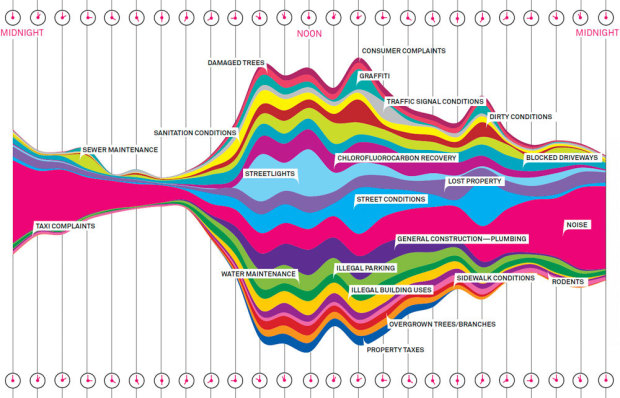

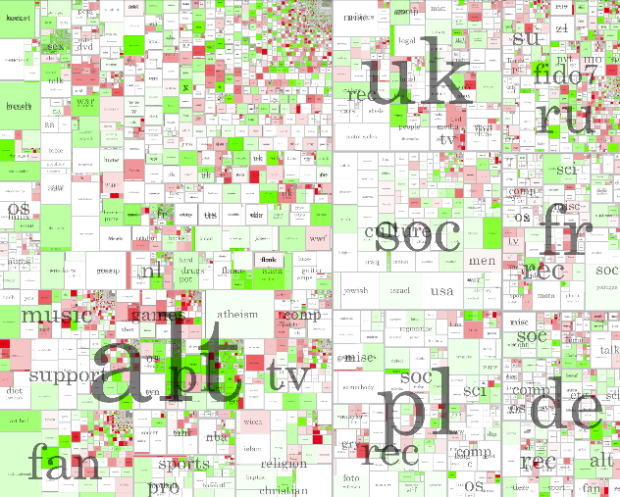
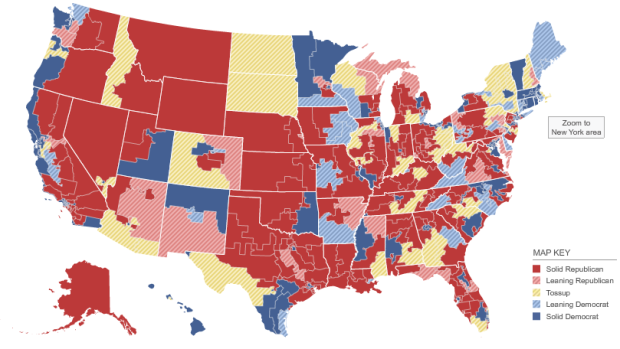
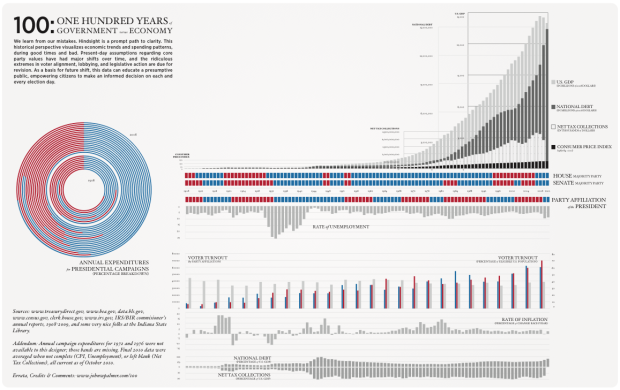

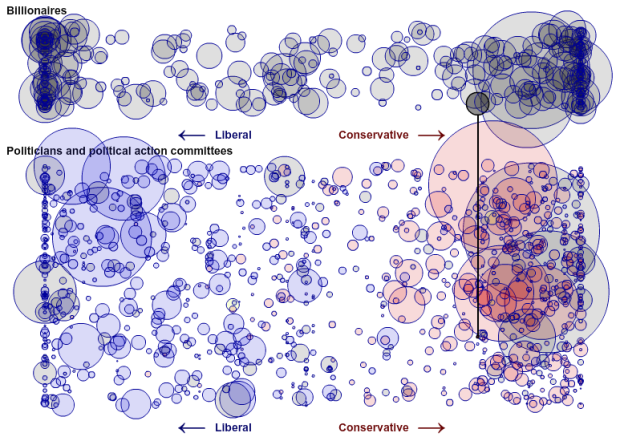
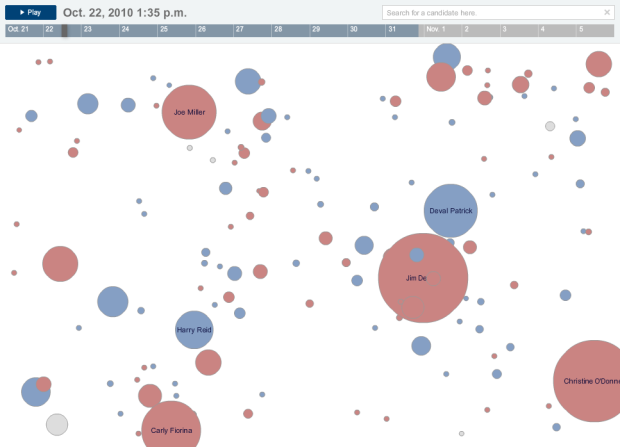
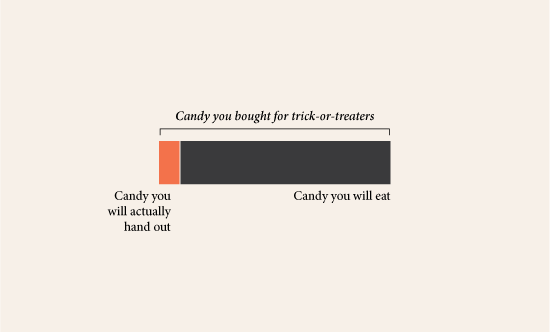

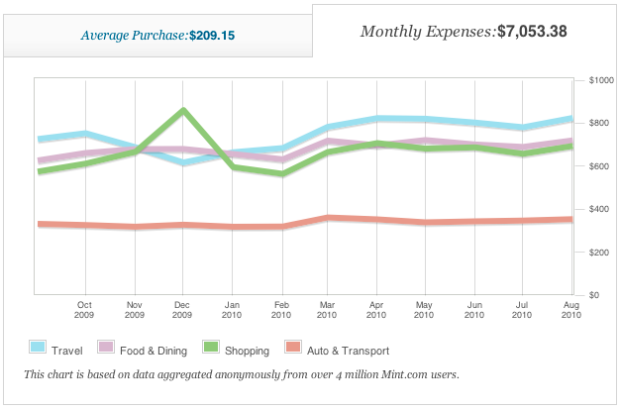
 Visualize This: The FlowingData Guide to Design, Visualization, and Statistics (2nd Edition)
Visualize This: The FlowingData Guide to Design, Visualization, and Statistics (2nd Edition)










